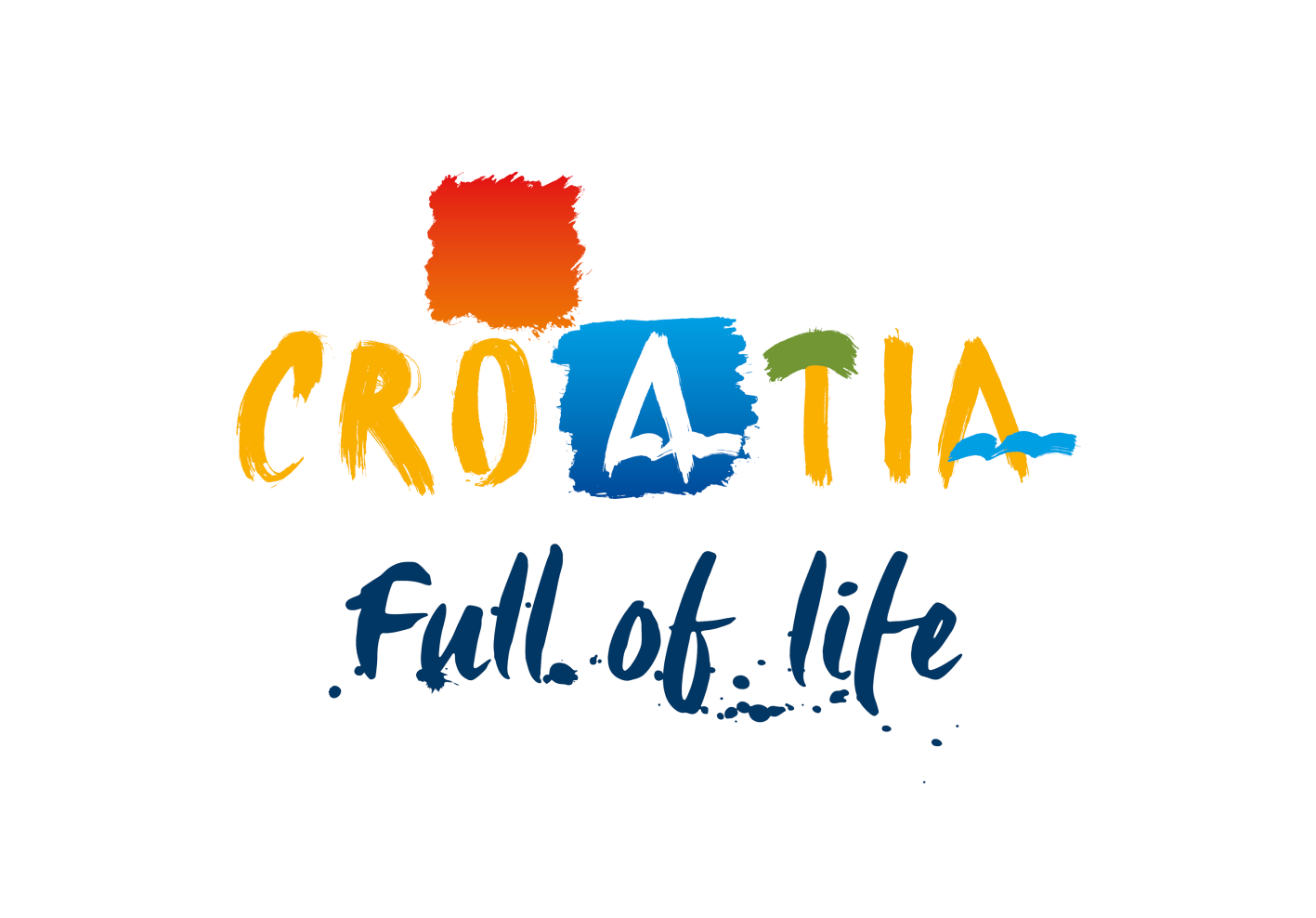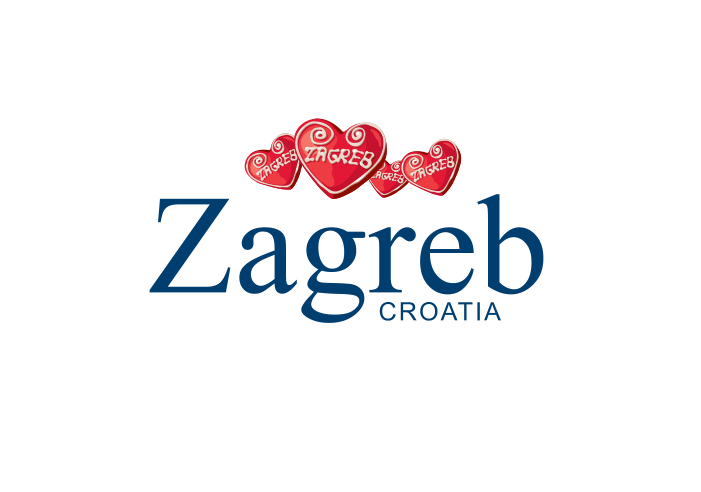Plitvička jezera
Croatia, North Dalmatia, Plitvička Jezera
Plitvice Lakes consist of 16 lakes located between Mala Kapela and Plješivica in Lika. According to the legend, the Plitvice lakes were created after a long drought. People, animals and lakes craved for water. The people prayed and prayed. Then in the valley the Black Queen appeared with her magnificent retinue; she took pity on the people and by the strong wind and thunder, the rain finally start to fall. It was raining so long, until the water level has not grown enough to create the Lakes.
Lakes receive water from numerous rivers and streams, and they are connected by cascades and waterfalls. Travertine barriers, which occurred over a period of ten thousand years, are one of the fundamental features of the park. Vast forest areas, exceptional lakes and waterfalls, flora and fauna, mountain air, contrasting autumn colors, trails and wooden bridges and more are unique area that UNESCO declared it World Natural Heritage in 1979, among the first in the world. The park is divided on narrower and extended zone according to the degree of protection. It is settled in two counties, 91% of the park is in Lika-and 9% in Karlovac County. The National Park consists of 16 lakes, which are stepwise and descend into each other in a series of 5460 m as the crow flies (airline). Lakes are divided on Upper lakes and Bottom Lakes. Top lakes are: Prošćansko jezero, Ciginovac, Okrugljak, Batinovac, Veliko jezero, Malo jezero, Vir, Galovac, Milino jezero, Gradinsko jezero, Veliki Burget i Kozjak. Bottom lakes are: Milanovac, Gavanovac, Kaluđerovac i Novakovića Brod. Lakes soak waters of the Black and White River from the tributaries and Rječica and its tributaries. There are many sources where water abundant springs. These are typical karst springs formed on the faults of permeable and impermeable geological formations. The largest lake is Kozjak with 81.5 hectares, it is also the deepest with 47 m. Prošćansko lake is the second largest and stretches from south to north in length of 2.5 km.
On the Upper Lakes geological structure is mainly dolomite, and on the bottom of the limestone. There are about 30 caves. Travertine barriers, which share one lake from another are from limestone deposited from water. Structure of travertine barriers is very sensitive and fragile and requires a high level of protection. The three main elements: an abundance of water, tufa and travertine. Without water, there would be no lakes nor falls nor lush vegetation. Tufa are plants that produce limestone rocks and change the shape of the lake and lake beds. Travertine barriers are the biological phenomenon of exceptional beauty. One of the most beautiful waterfalls in Plitvice - Waterfall between Milanovac and Gavanovac is called the "waterfall Milka Trnina" after Croatian opera prima donna.
Forests and waters are connected to each other and one without the other can not survive. Forest reserves, preserves and purify large amounts of water. There is a large area in park of high quality forests, including rain forests, which are superior habitat for wildlife. Forests of Plitvica lakes are habitat to three large European carnivores: brown bear, wolf and lynx. Numerous types of woodpeckers and forest owl testify to the high quality and naturalness of the habitat. The forests are the habitat for numerous wildlife. A layer of leaves is one of the richest microhabitats for wildlife in the world. It is home to lizards, insects, various fungi and bacteria. Interesting is endemic insect Molops plitvicensis, who lives in the birch forests only in Plitvice. The park has registered 321 species of butterflies, 157 species of birds and 20 species of bats. Already in 1883, the belt of forests surrounding the lakes and sources was declared a separate zone, where deforestation was banned. They are part of the National Ecological Network and the European project to protect natural heritage NATURA 2000 program.






